Home>Gardening & Outdoor>Landscaping Ideas>How Tall Should Fescue Grass Be Cut
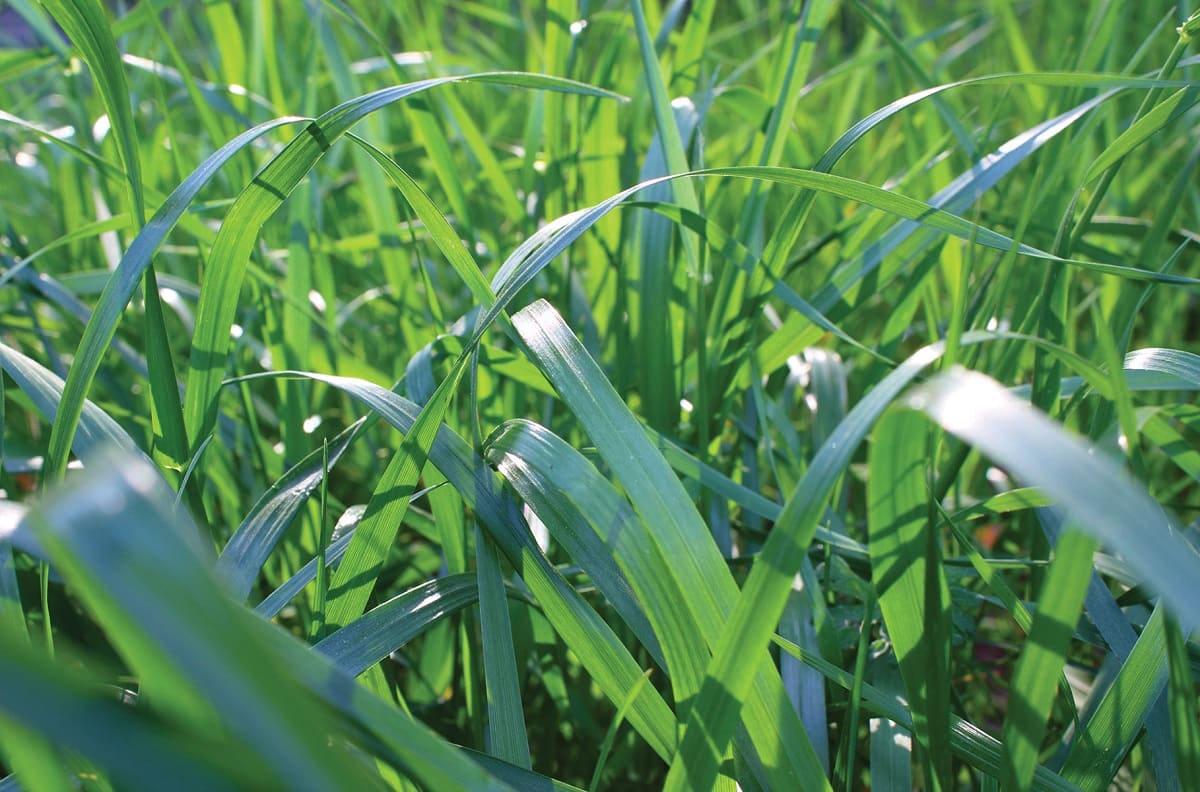

Landscaping Ideas
How Tall Should Fescue Grass Be Cut
Modified: March 27, 2024
Learn the ideal height for cutting fescue grass in your landscaping. Find expert tips and ideas for maintaining a lush lawn. Improve your landscaping with our guide.
(Many of the links in this article redirect to a specific reviewed product. Your purchase of these products through affiliate links helps to generate commission for Storables.com, at no extra cost. Learn more)
Introduction
When it comes to maintaining a lush, vibrant lawn, the height at which fescue grass should be cut plays a crucial role in its overall health and appearance. Proper mowing not only enhances the aesthetic appeal of your lawn but also promotes the growth of a strong and resilient turf. Understanding the optimal height for cutting fescue grass is essential for ensuring its longevity and vitality.
In this comprehensive guide, we will delve into the factors to consider when cutting fescue grass, explore the recommended height for mowing, and highlight the best practices for achieving a well-manicured fescue lawn. Whether you're a seasoned lawn care enthusiast or a novice homeowner seeking to elevate the beauty of your outdoor space, this article will equip you with valuable insights to enhance the health and visual allure of your fescue grass. Let's embark on this journey to discover the art and science of mowing fescue grass to perfection.
Key Takeaways:
- Mowing fescue grass at the right height is crucial for a healthy and beautiful lawn. Factors like growth habits, seasonal variations, and mower blade sharpness impact the cutting process.
- Following the recommended cutting heights for different fescue grass varieties, maintaining a regular mowing schedule, and implementing best practices like grass clipping management are essential for nurturing a vibrant and enduring lawn.
Read more: When To Plant Tall Fescue Grass
Factors to Consider When Cutting Fescue Grass
Before firing up the lawnmower, it’s important to take into account several key factors that can influence the mowing process and the overall health of your fescue grass. By considering these factors, you can tailor your mowing practices to meet the specific needs of your lawn, resulting in a verdant and resilient turf.
- Growth Habits: Fescue grass is known for its upright growth habit, which contributes to its lush and dense appearance. Understanding the growth pattern of fescue grass can help you determine the ideal cutting height to maintain its vigor and aesthetic appeal.
- Seasonal Variations: The height at which fescue grass should be mowed can vary depending on the season. During the cooler months, a slightly taller mowing height may be beneficial to protect the grass from temperature extremes and promote deeper root growth.
- Environmental Conditions: Factors such as temperature, sunlight exposure, and soil moisture levels can impact the growth and health of fescue grass. Assessing the environmental conditions in your lawn can guide you in making informed decisions about the frequency and height of mowing.
- Lawn Health: The overall health of your lawn, including factors like soil quality, fertilization, and weed control, can influence the mowing requirements of fescue grass. A well-nourished and disease-resistant lawn is better equipped to withstand mowing at the appropriate height.
- Mower Blade Sharpness: The sharpness of your mower blades can significantly affect the quality of the cut. Dull blades can tear the grass, leading to a ragged appearance and potential stress on the turf. Regular blade sharpening is essential for achieving clean and precise mowing results.
By considering these factors and tailoring your mowing practices accordingly, you can optimize the health and visual appeal of your fescue grass, setting the stage for a vibrant and inviting lawn.
Recommended Height for Cutting Fescue Grass
Choosing the right cutting height for fescue grass is pivotal in nurturing a resilient and visually stunning lawn. The optimal mowing height can vary based on the specific variety of fescue grass and the environmental conditions in which it thrives. By adhering to the recommended cutting height, you can encourage healthy growth, minimize stress on the grass, and deter weed infestation.
For tall fescue grass, a general guideline for mowing height ranges between 2.5 to 3.5 inches. This range provides an ideal balance, allowing the grass to maintain its density while promoting robust root development. Mowing at the upper end of this range is particularly beneficial during the warmer months, as the slightly taller grass blades can offer shade to the soil, reducing moisture evaporation and protecting the roots from heat stress.
For fine fescue varieties, such as creeping red fescue or chewings fescue, a lower cutting height of around 1.5 to 2.5 inches is recommended. These fine-textured fescue grasses thrive when maintained at a shorter height, contributing to a manicured and uniform appearance while supporting their delicate growth habit.
It’s important to note that the recommended cutting heights may be adjusted based on seasonal variations and specific lawn conditions. During periods of drought or extreme heat, raising the cutting height for tall fescue grass can aid in moisture retention and stress tolerance. Conversely, in cooler and more shaded areas, fine fescue grasses may benefit from slightly lower mowing heights to encourage denser growth and a well-groomed aesthetic.
By aligning your mowing practices with the recommended cutting heights for fescue grass, you can foster a resilient and visually captivating lawn that serves as a testament to your dedication to meticulous lawn care.
Fescue grass should be cut to a height of 2.5 to 3.5 inches. Cutting it too short can stress the grass and make it more susceptible to disease and drought.
Best Practices for Cutting Fescue Grass
Mastering the art of mowing fescue grass involves more than just adjusting the cutting height. Implementing best practices throughout the mowing process can elevate the health and appearance of your lawn, ensuring that your fescue grass flourishes with vigor and vitality. By adhering to these guidelines, you can cultivate a well-manicured turf that becomes the envy of the neighborhood.
- Regular Mowing Schedule: Establishing a consistent mowing schedule is essential for maintaining the optimal height of fescue grass. Aim to mow when the grass reaches approximately one-third higher than the recommended cutting height, allowing for a balanced trim that promotes healthy regrowth.
- Mower Maintenance: Prior to each mowing session, inspect and maintain your mower to ensure that the blades are sharp and the equipment is in optimal working condition. Dull blades can tear the grass, leading to a frayed appearance and potential stress on the turf.
- Grass Health Assessment: Before mowing, assess the moisture levels and overall health of the grass. Avoid mowing when the lawn is excessively wet, as this can result in clumping and an uneven cut. Additionally, refrain from mowing during periods of drought stress, as this can further strain the grass.
- Grass Clipping Management: Consider leaving grass clippings on the lawn after mowing, as they can act as a natural fertilizer, returning essential nutrients to the soil. This practice, known as “grasscycling,” can contribute to the overall health and resilience of the fescue grass.
- Varying Mowing Patterns: Alternate the direction in which you mow the lawn to prevent the grass from developing a grain pattern. Changing mowing patterns can promote upright growth and a more uniform appearance across the entire lawn.
- Trimming Edges and Borders: Pay attention to trimming the edges and borders of the lawn to maintain a polished and well-defined look. This attention to detail can enhance the overall aesthetic appeal of the fescue grass and contribute to a meticulously manicured lawn.
By incorporating these best practices into your fescue grass mowing routine, you can cultivate a lawn that exudes vitality, uniformity, and enduring beauty. Embracing the art of mowing as a mindful and meticulous endeavor will yield a fescue grass lawn that stands as a testament to your commitment to exceptional lawn care.
Conclusion
As we conclude our exploration of the art and science of mowing fescue grass, it becomes evident that the height at which fescue grass should be cut holds the key to nurturing a resilient, verdant, and visually captivating lawn. By considering the growth habits, seasonal variations, environmental conditions, and overall health of the lawn, you can tailor your mowing practices to meet the specific needs of fescue grass, ensuring its longevity and vitality.
Adhering to the recommended cutting heights for different varieties of fescue grass, such as tall fescue and fine fescue, empowers you to foster healthy growth, minimize stress on the grass, and deter weed infestation. Furthermore, integrating best practices, including a regular mowing schedule, mower maintenance, grass health assessment, grass clipping management, varying mowing patterns, and meticulous trimming, elevates the health and appearance of your fescue grass lawn, culminating in a lush and meticulously manicured turf.
As you embark on your journey to mow fescue grass with precision and care, remember that each pass of the lawnmower is an opportunity to nurture the beauty and resilience of your lawn. Embrace the art of mowing as a mindful and meticulous endeavor, and witness the transformation of your outdoor space into a vibrant and inviting sanctuary. With each meticulously manicured blade of fescue grass, you contribute to the creation of a landscape that reflects your dedication to exceptional lawn care and becomes a source of pride and joy for years to come.
So, let’s step into the realm of fescue grass mowing with reverence and determination, knowing that every meticulous cut is a brushstroke in the masterpiece of your outdoor oasis.
Frequently Asked Questions about How Tall Should Fescue Grass Be Cut
Was this page helpful?
At Storables.com, we guarantee accurate and reliable information. Our content, validated by Expert Board Contributors, is crafted following stringent Editorial Policies. We're committed to providing you with well-researched, expert-backed insights for all your informational needs.
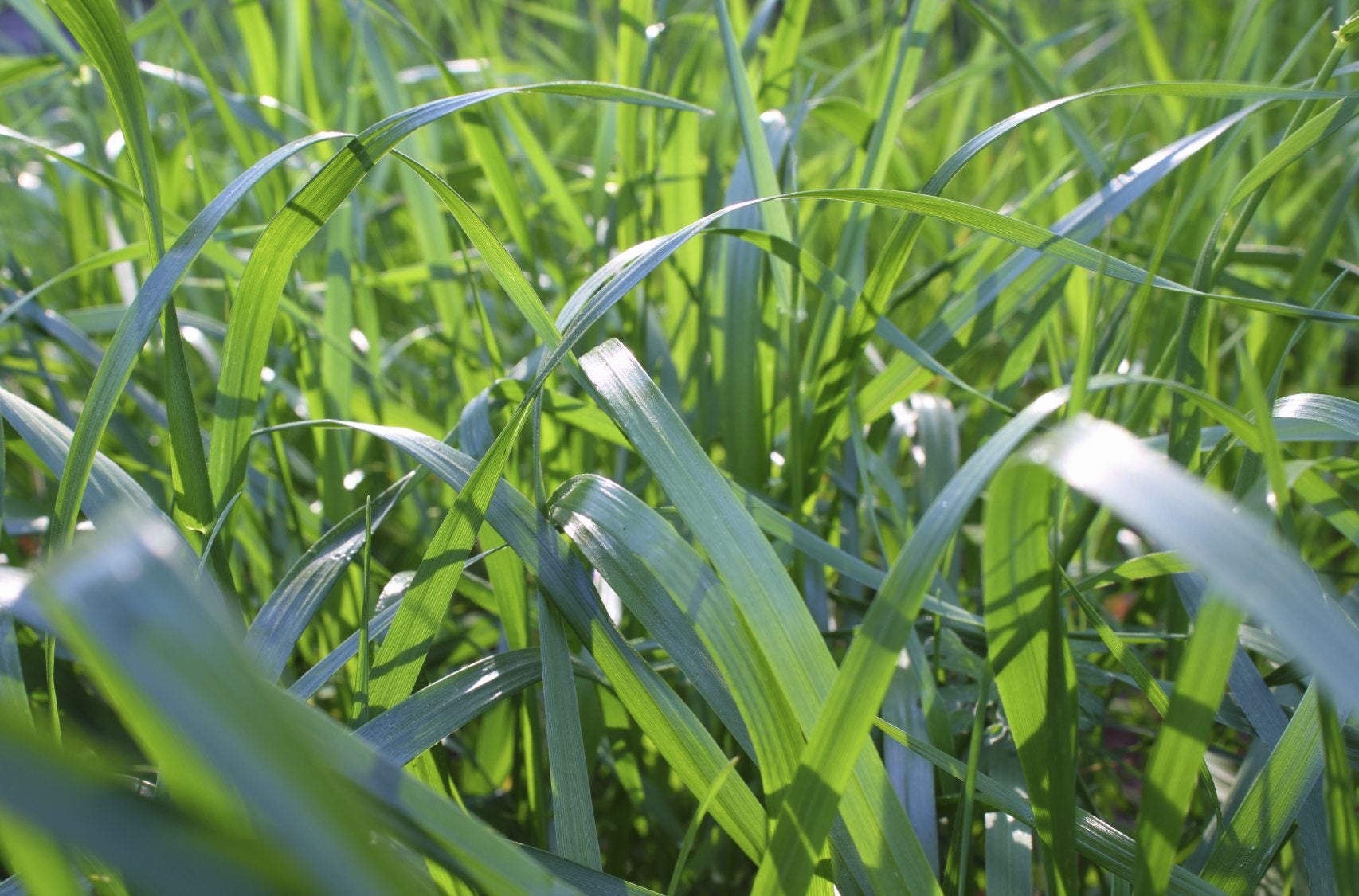
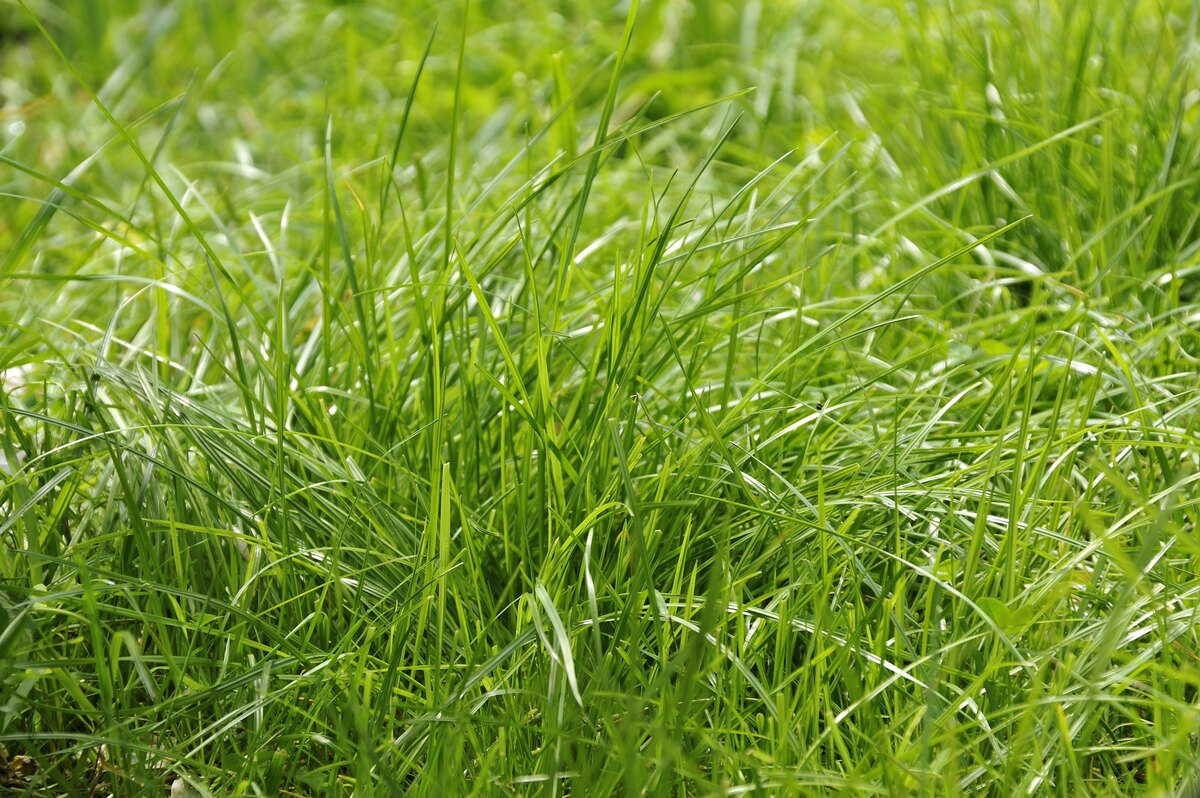

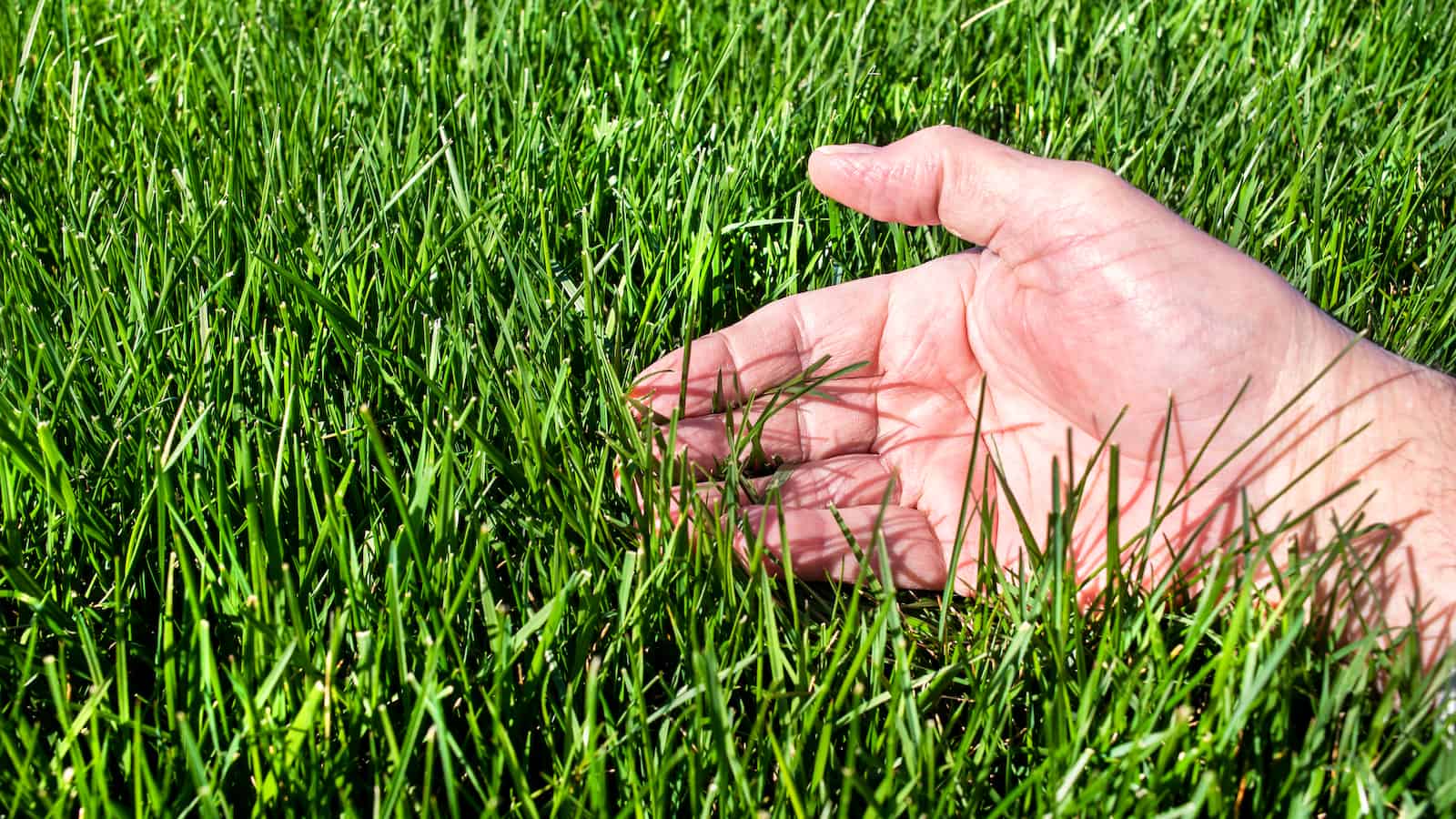
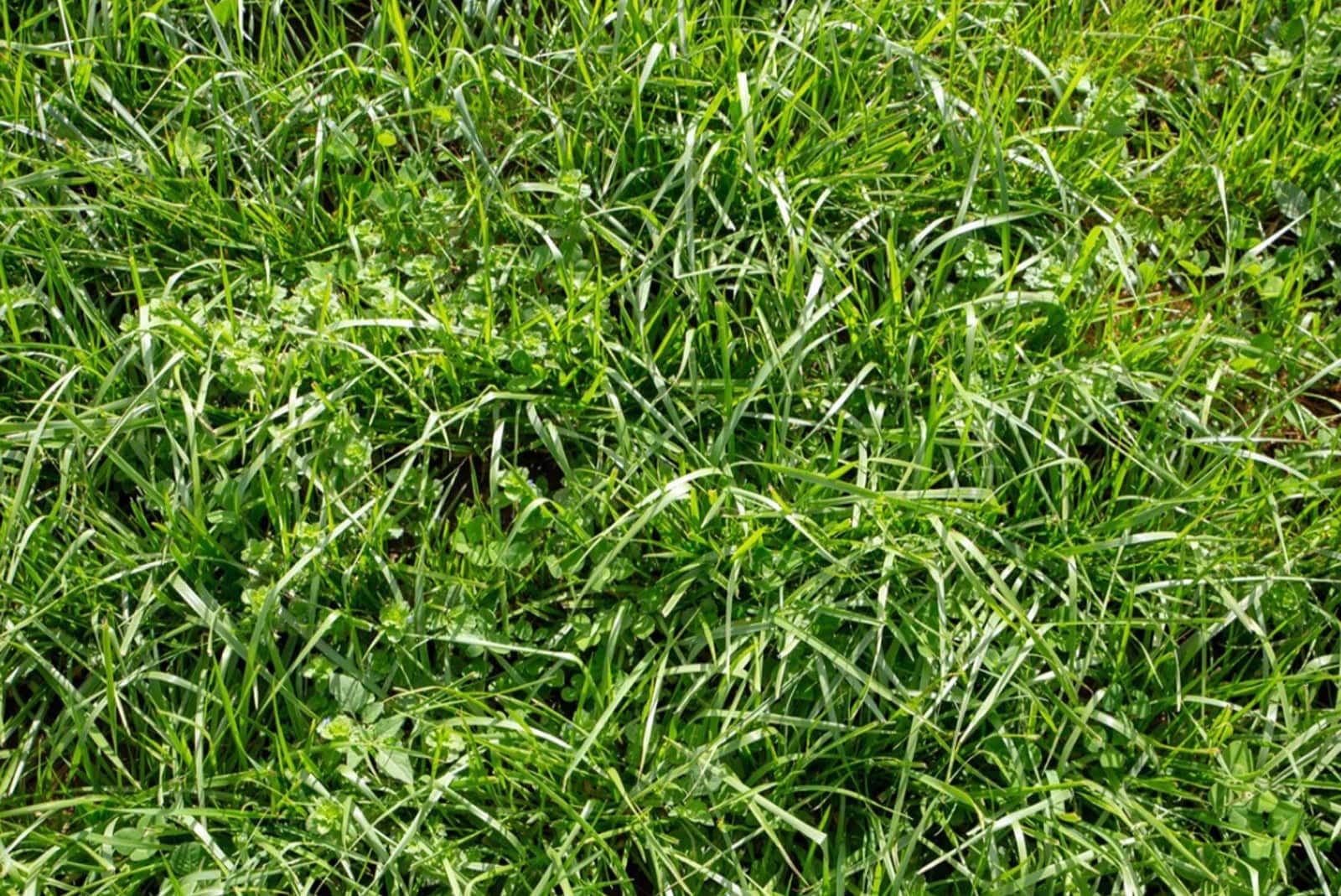
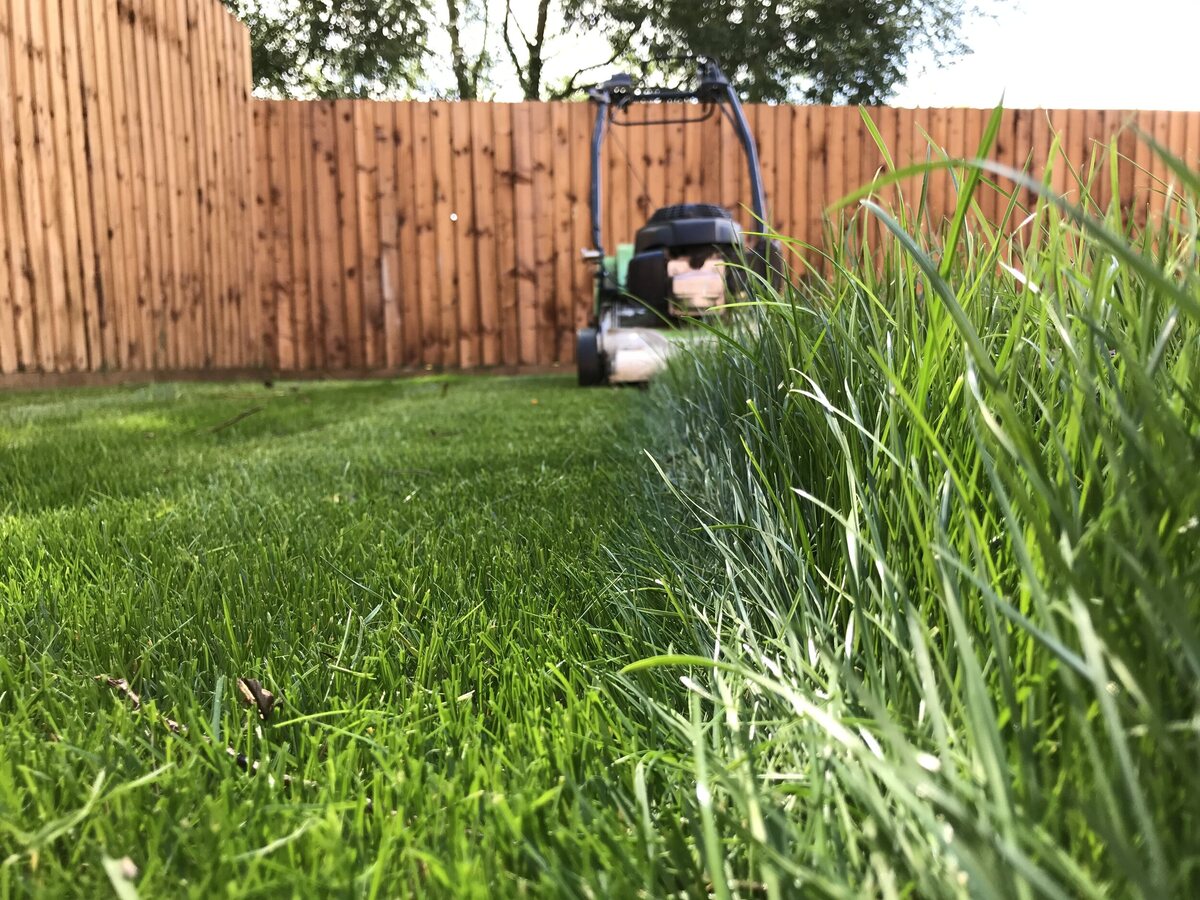
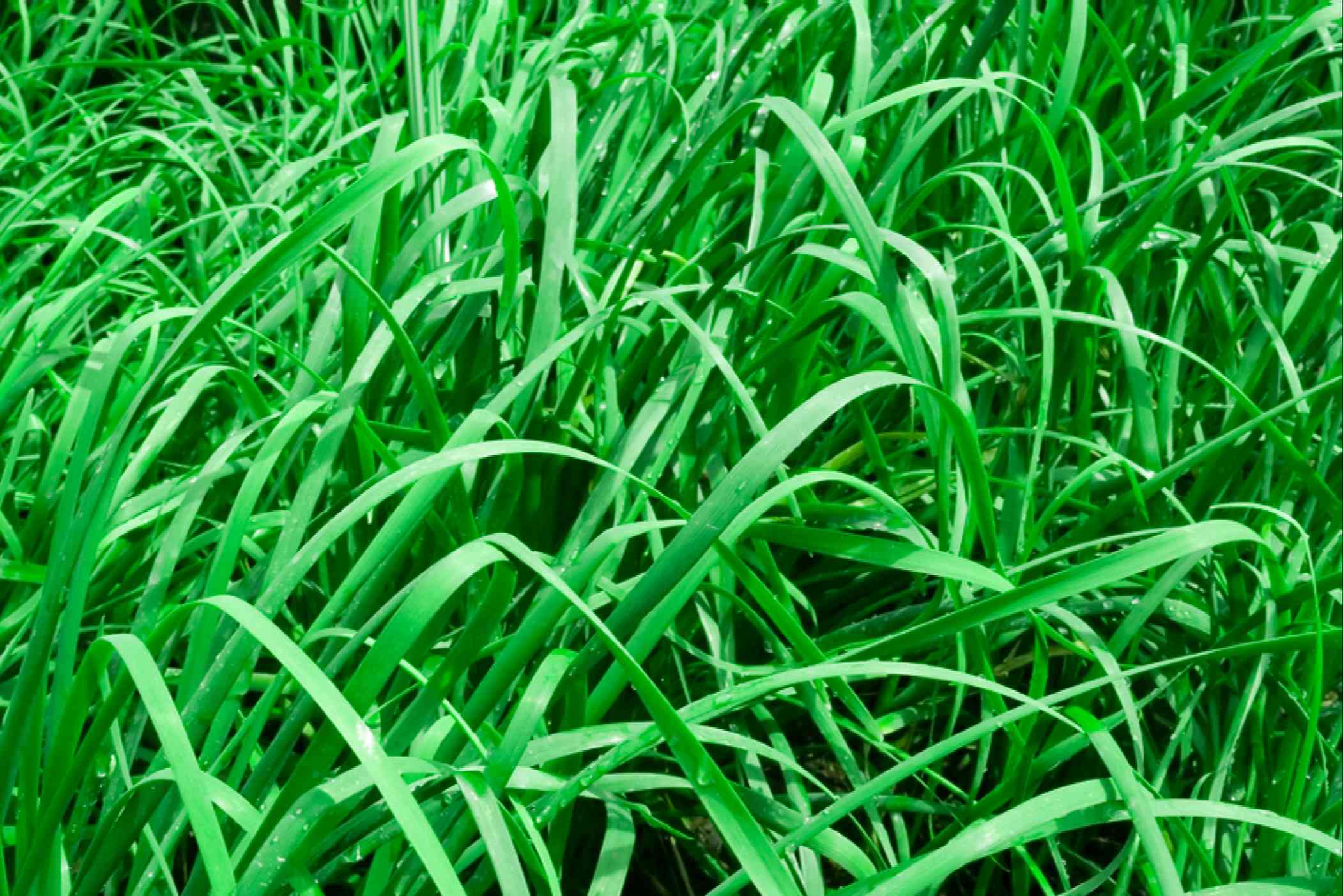
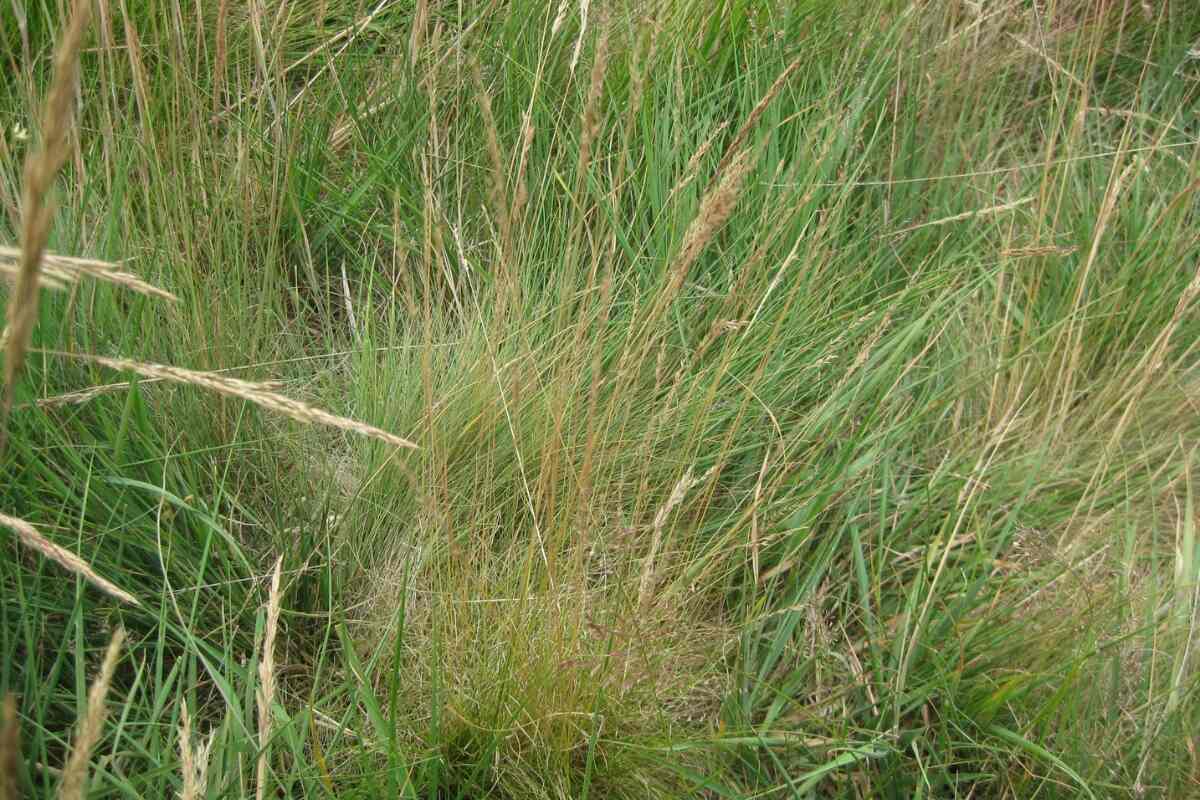
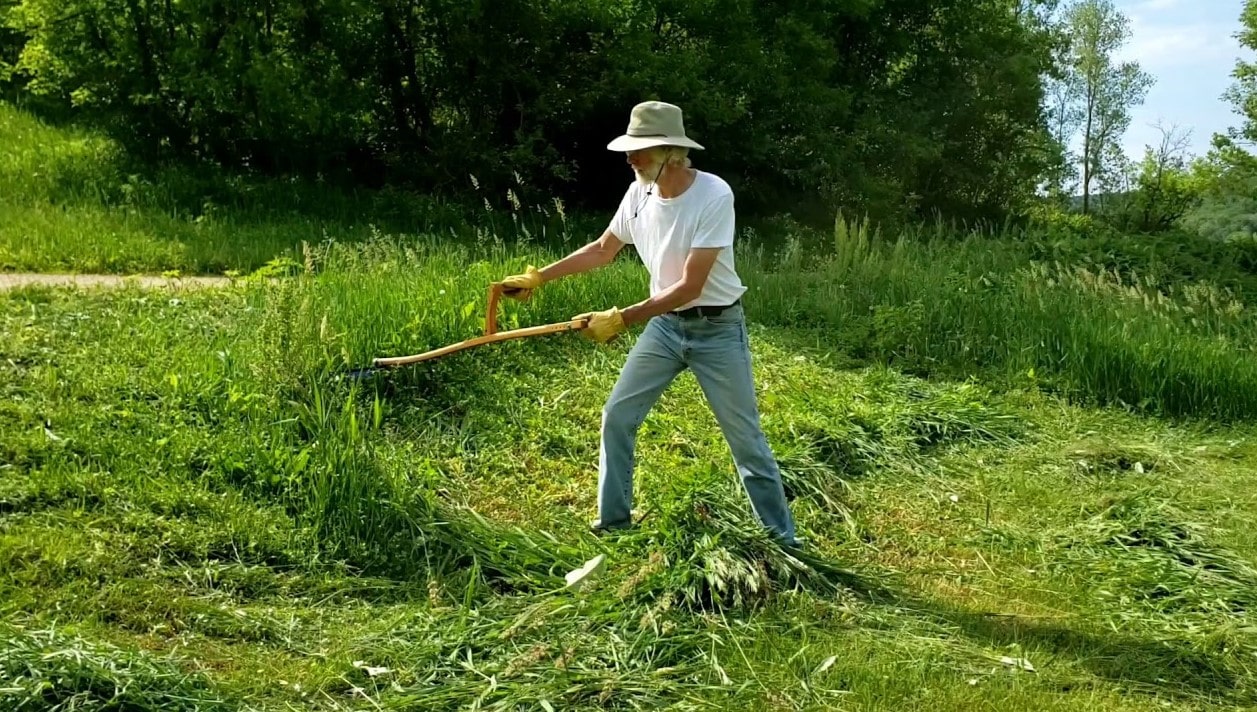
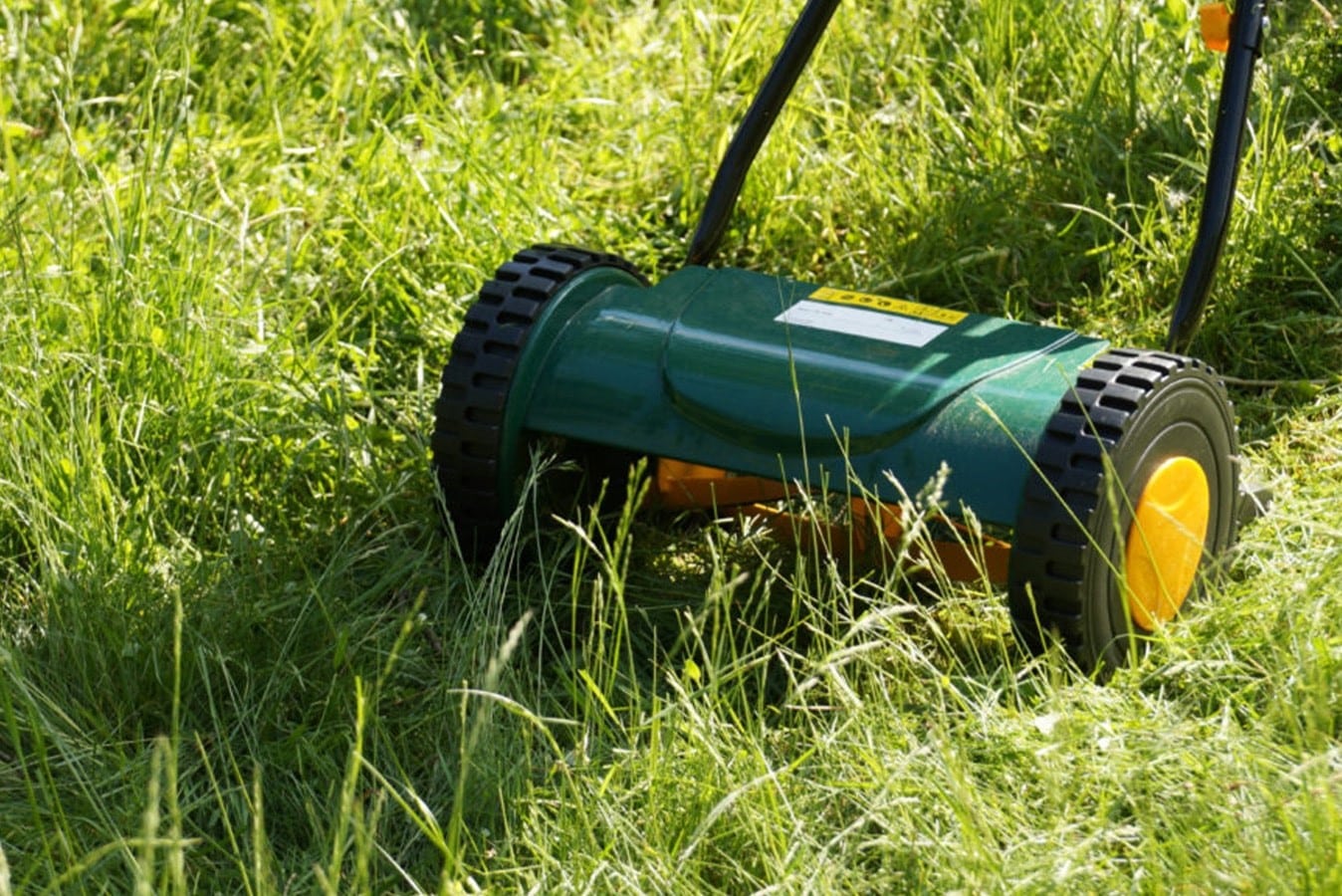
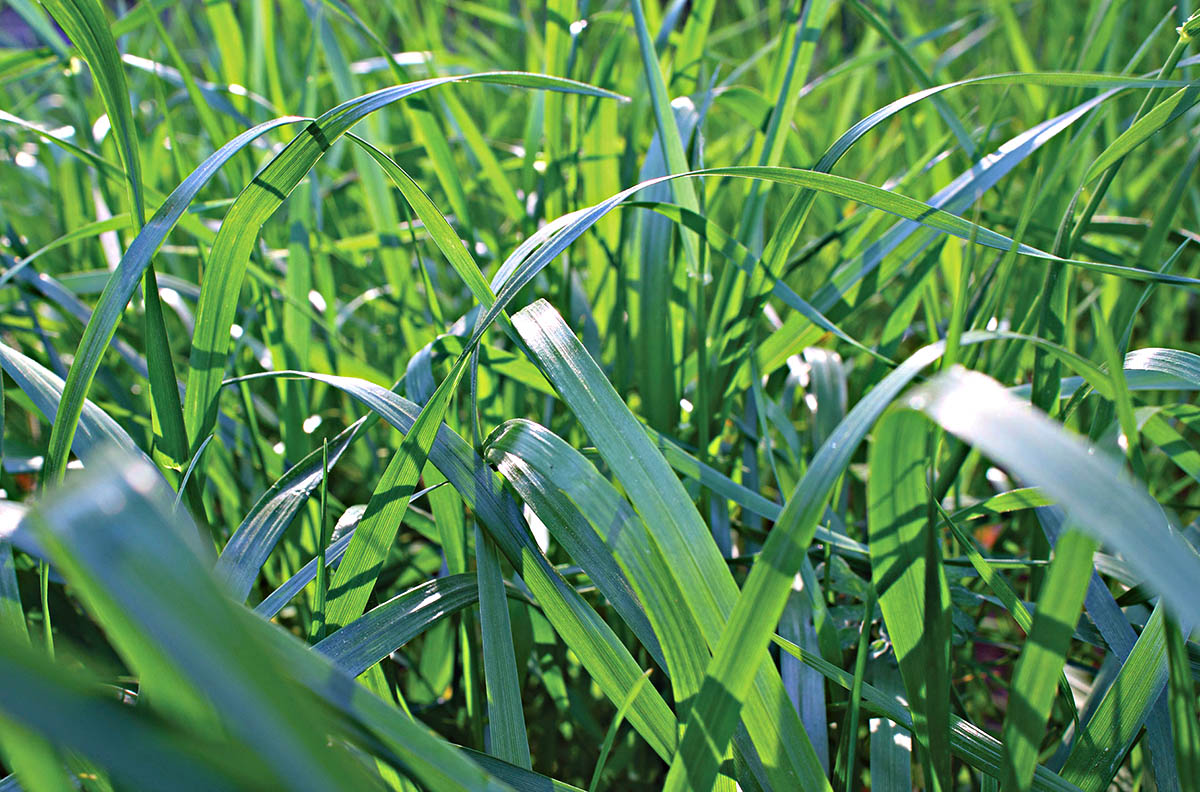
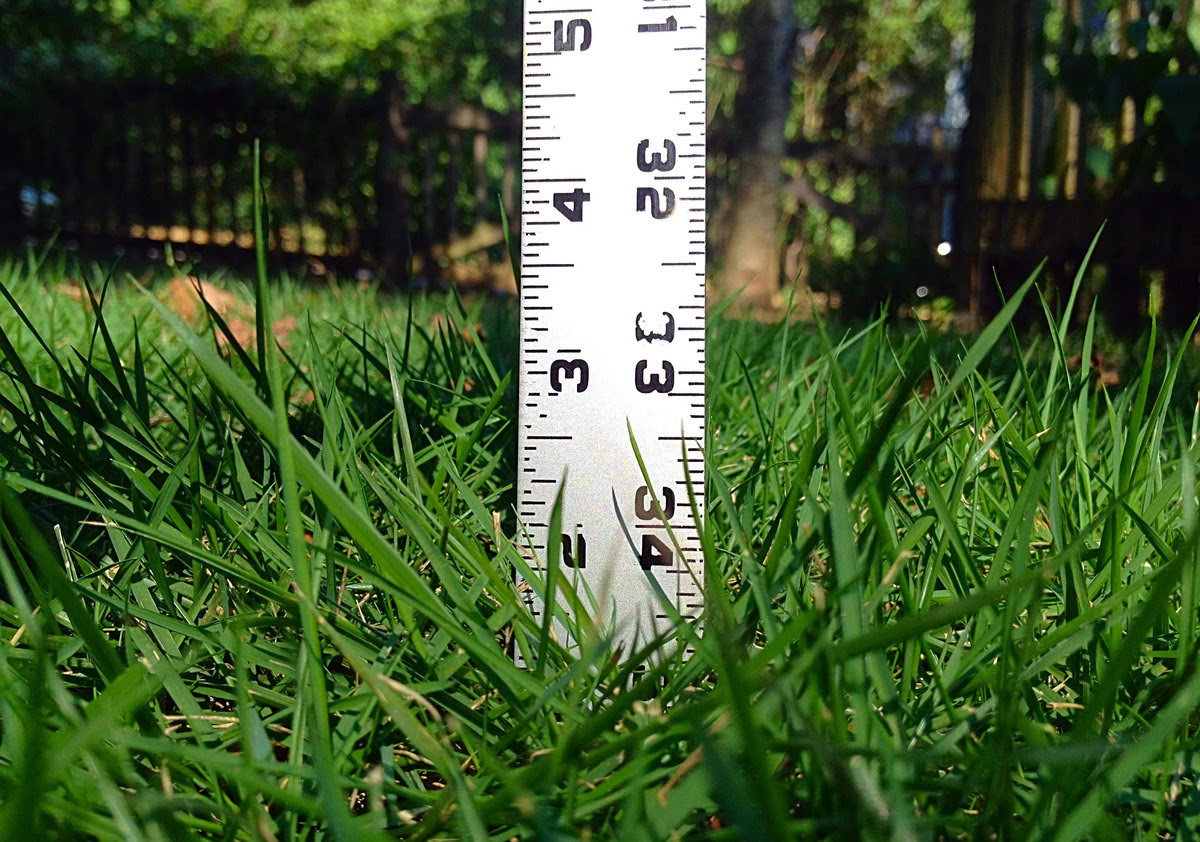
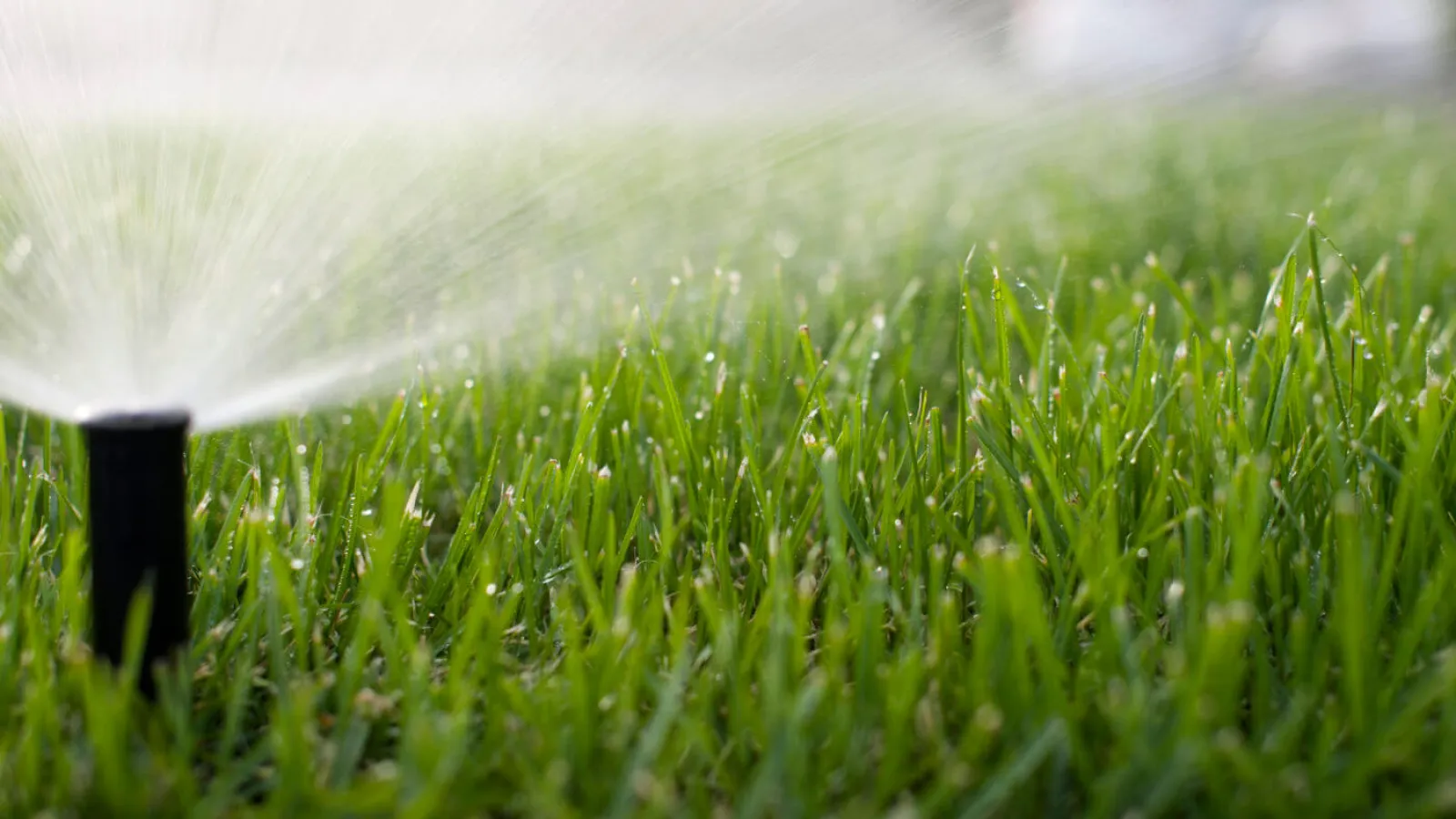
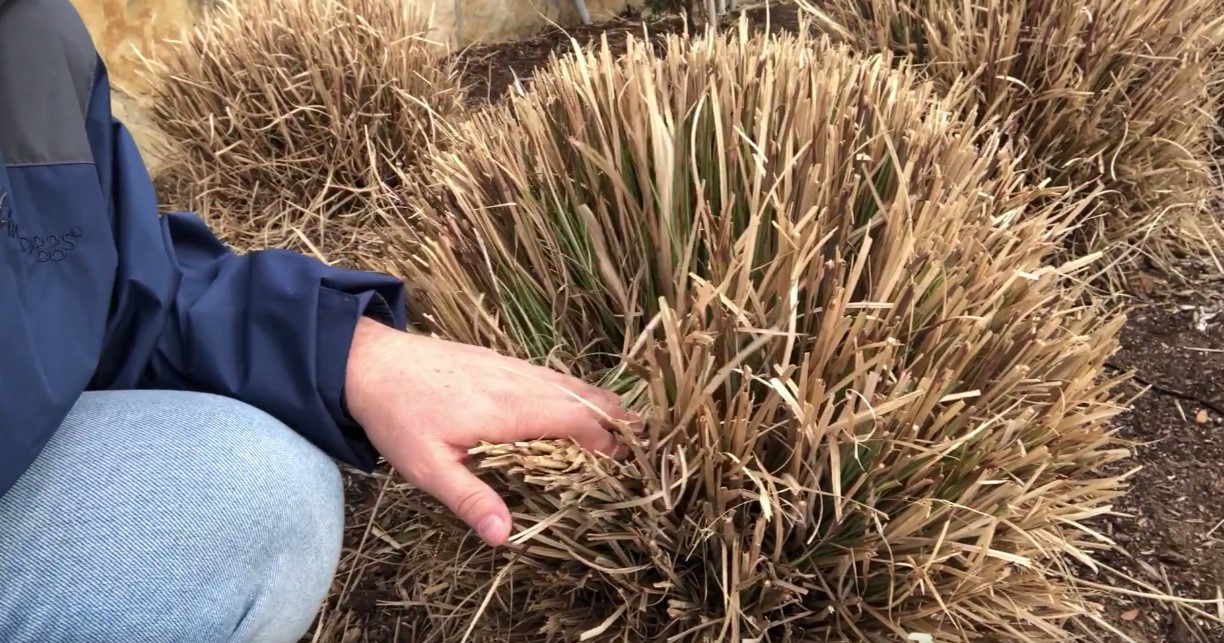
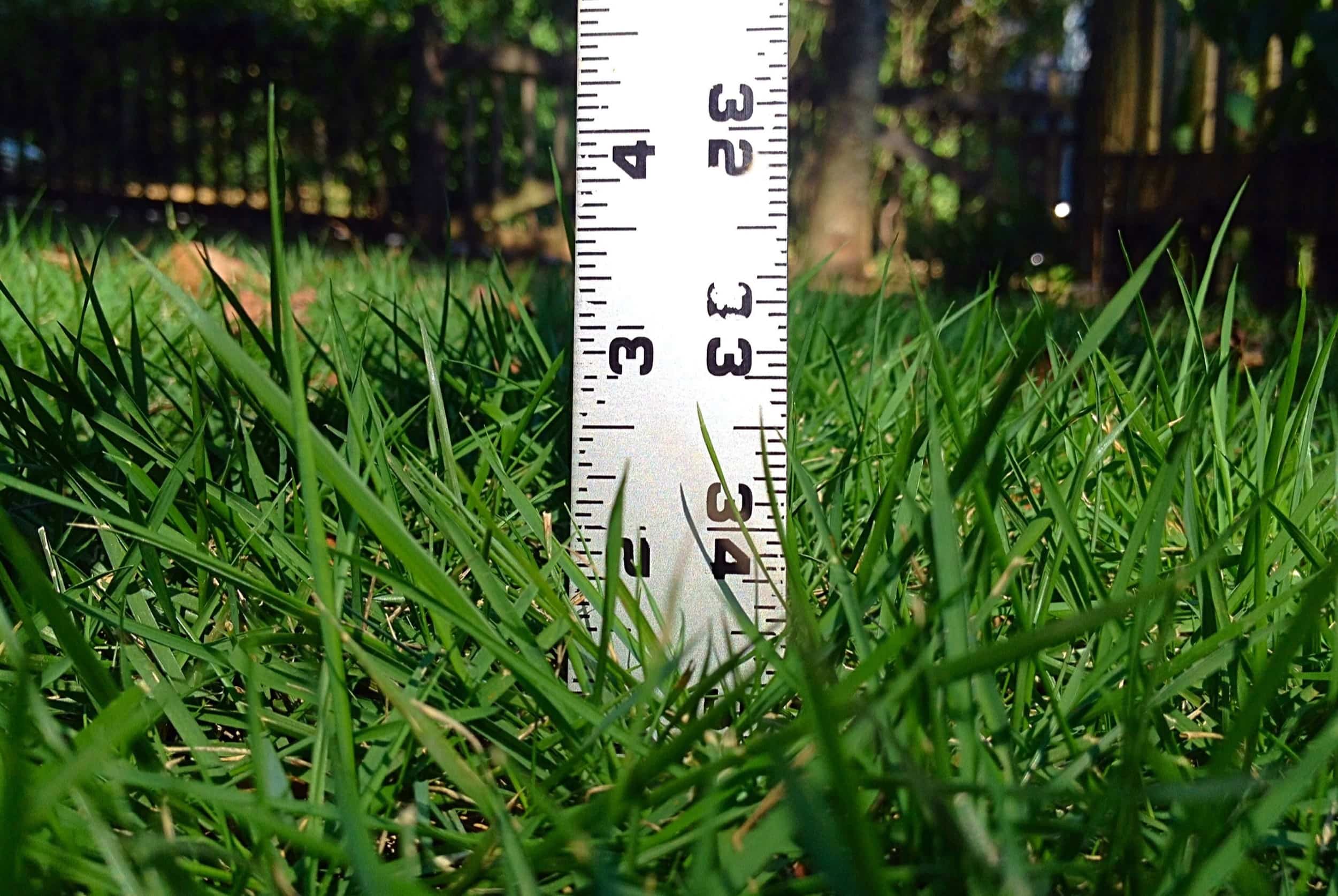

0 thoughts on “How Tall Should Fescue Grass Be Cut”